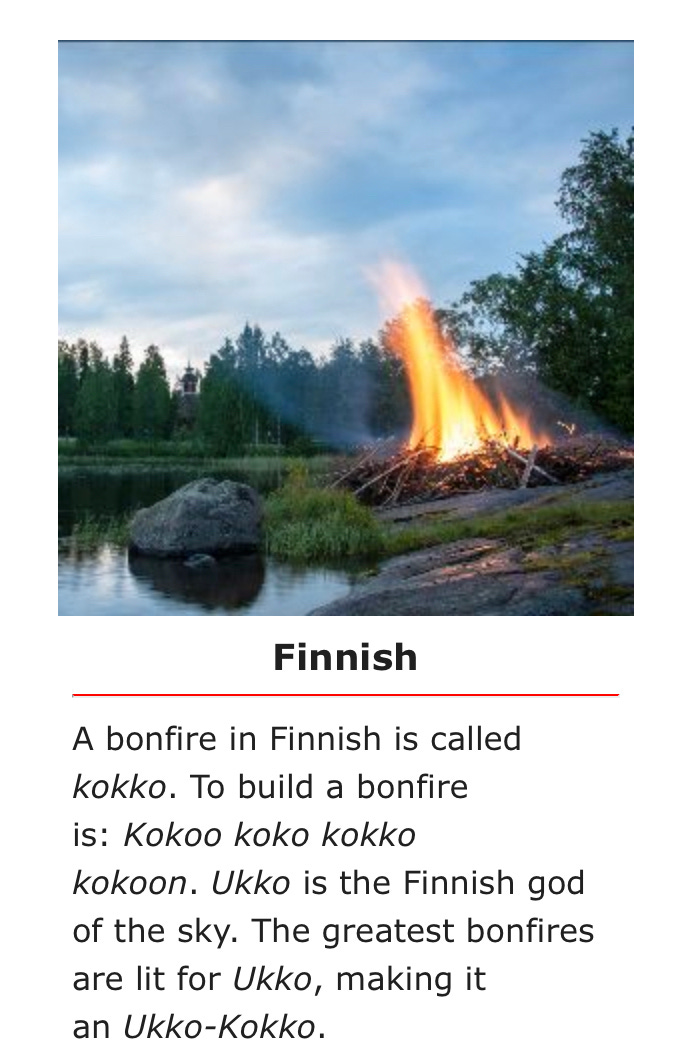If heat is good, how can cold also be good?
Sauna, cold plunge, bonfires, and how Autumn’s chill reminds me to start preparing for metabolic winter ❄️
This really confused me at first: if heat, red light, and infrared light therapies are healthy, then how can cold therapy also be healthy?
Ancestrally, my Northern roots know the good feelings of both ends of the temperature scale1, but intellectually is where these kinds of questions come up.
Why does the combo of sauna / cold plunge offer such benefit?
Why does the nighttime bonfire feel so nourishing at the soul-level?

Hot and cold—the opposite ends of the same spectrum of temperature.
In simplistic terms, bad is usually the opposite of good.
But hot/cold is not a good/bad dichotomy.
Both heat and cold are valid ways to boost vitality, it’s just a matter of timing with your own body and your environment.
In fact, one of the earlier forms of Heliotherapy called Rollier’s Technique actually required adaptation to cold air before beginning sunlight exposure2.
Rollier’s Technique
Rollier considered that the safest way to sunbathe was by first exposing the lower, less sensitive parts of the body to the sun. He always began with the feet, and continued with the legs and arms, before exposing the abdomen and chest. By adopting this approach the tolerance of a patient to sunlight could be determined before the more sensitive parts of the body were uncovered. Also, if the patient received too much sunlight, only the extremities were involved and any adverse effects would be local rather than general.
Rollier considered his method to be safe because it caused blood to flow away from the internal organs to the limbs, which he termed the "neutral" parts of the body. If this approach was not adopted, the result was likely to be congestion of blood in the viscera, with adverse consequences for the patient: haemoptysis and haemorrhage.
On arrival at Leysin his patients underwent a thorough medical examination. Then, after they had completed a period of acclimatization, they were carefully exposed to cold air. After one to two weeks of this open-air treatment, sunlight treatment could begin on the solaria and balconies of his clinics. Patients were wheeled out in their beds, each wearing a loincloth and covered in a white sheet from head to toe. Their heads were covered by hats or cloth screens.
On the first day of treatment, the sheet was raised to just above the ankles, and the feet exposed to the sun for just five minutes. This was repeated twice with rest periods of ten to fifteen minutes between each of the subsequent sunbaths. On the second day the sheet was raised to the knees, and the sunbath extended to ten minutes for each of the three sessions: the newly uncovered lower legs were exposed for five minutes and the feet for ten.
Exposure was gradually increased so that by the fifth day of treatment the patient had three sunbaths, each of twenty-five minutes’ duration. The feet would be uncovered first, followed by the lower legs, the thighs, the abdomen and the chest: the feet would be exposed for the full twenty-five minutes, the legs for twenty, the thighs for fifteen, and so on.
Source: Sunlight Therapy and Solar Architecture (1997)
Brightness isn’t inherently good, just as Darkness isn’t inherently bad.
Brightness/Heat and Darkness/Cold each have merits and you can have healthy relationships with each in turn when you understand the balance you need.
Same with social and solitude.
Noise and quiet.
This is why I call my little corner of the web here “Brighter Days, Darker Nights.”
It’s not about going all in on any of these extremes, but providing the right signals across the course the day, the season, and era of your life.
I could almost compare circadian and quantum living to sourdough baking—you have to experience it firsthand, and once you do, you know intuitively how to correct course when your dough is too wet, too dry, etc.
I could go on and on about heat and cold therapies, but really only wanted to make one quick point based on mitochondria and how they respond differently and beneficially to hot and cold therapy.
TLDR:
Proper heat therapy increases mitochondrial activity in the present.
Proper cold therapy increases mitochondrial health and efficiency over time.
The rest of this essay continues for paid subscribers.


